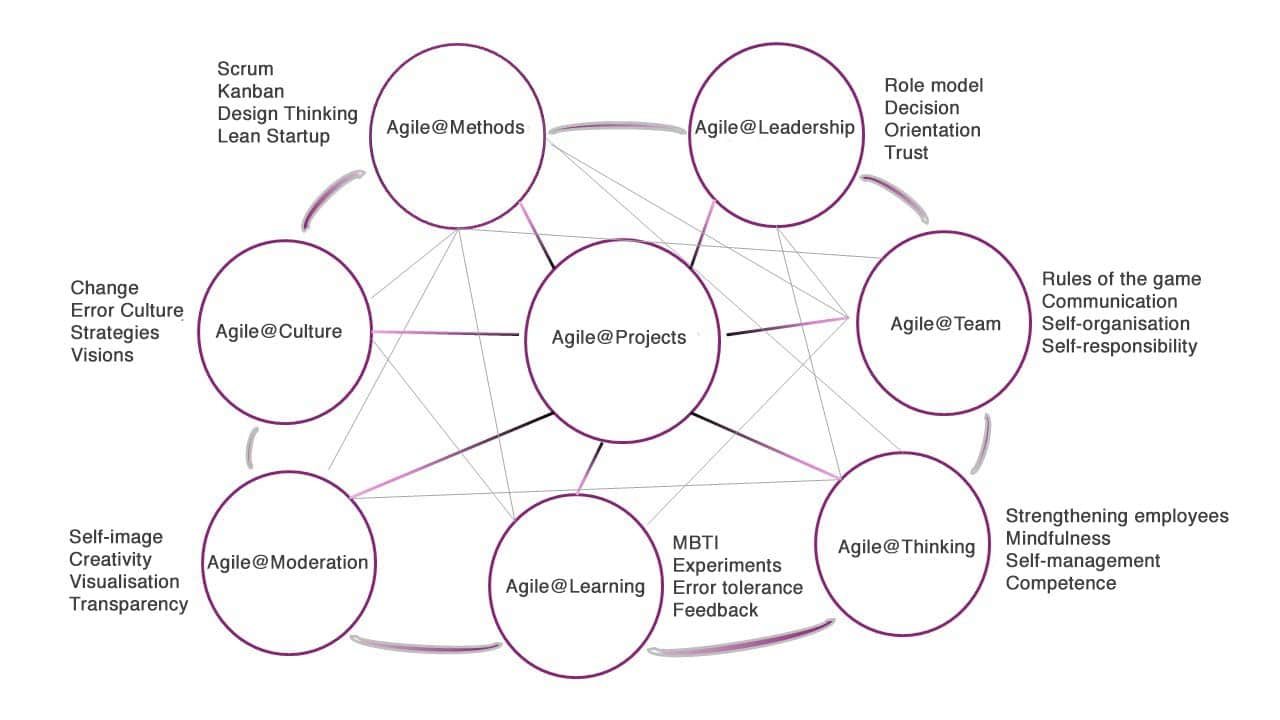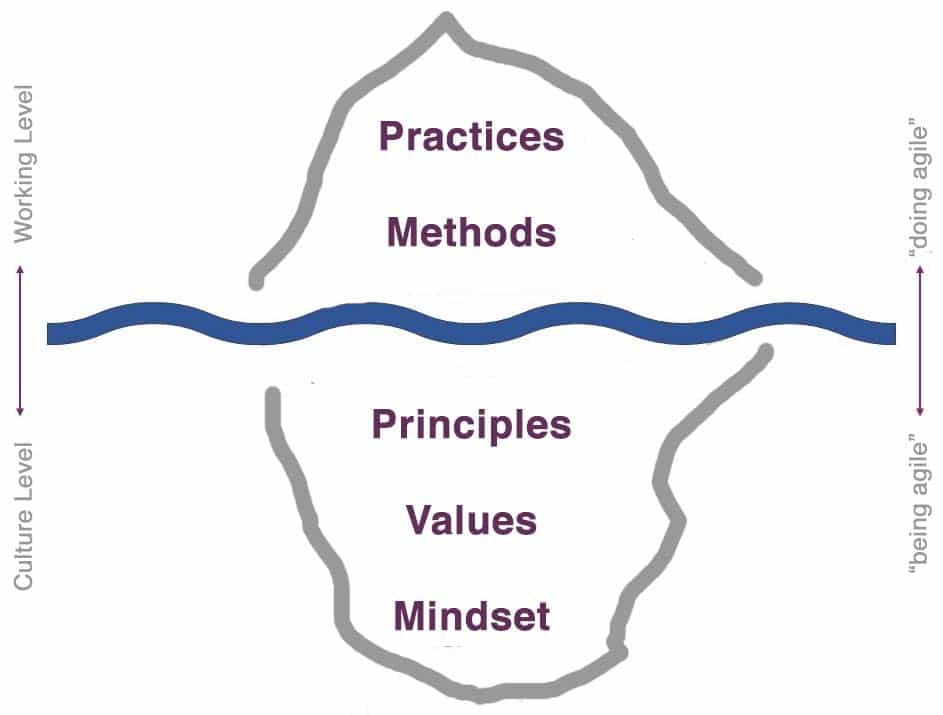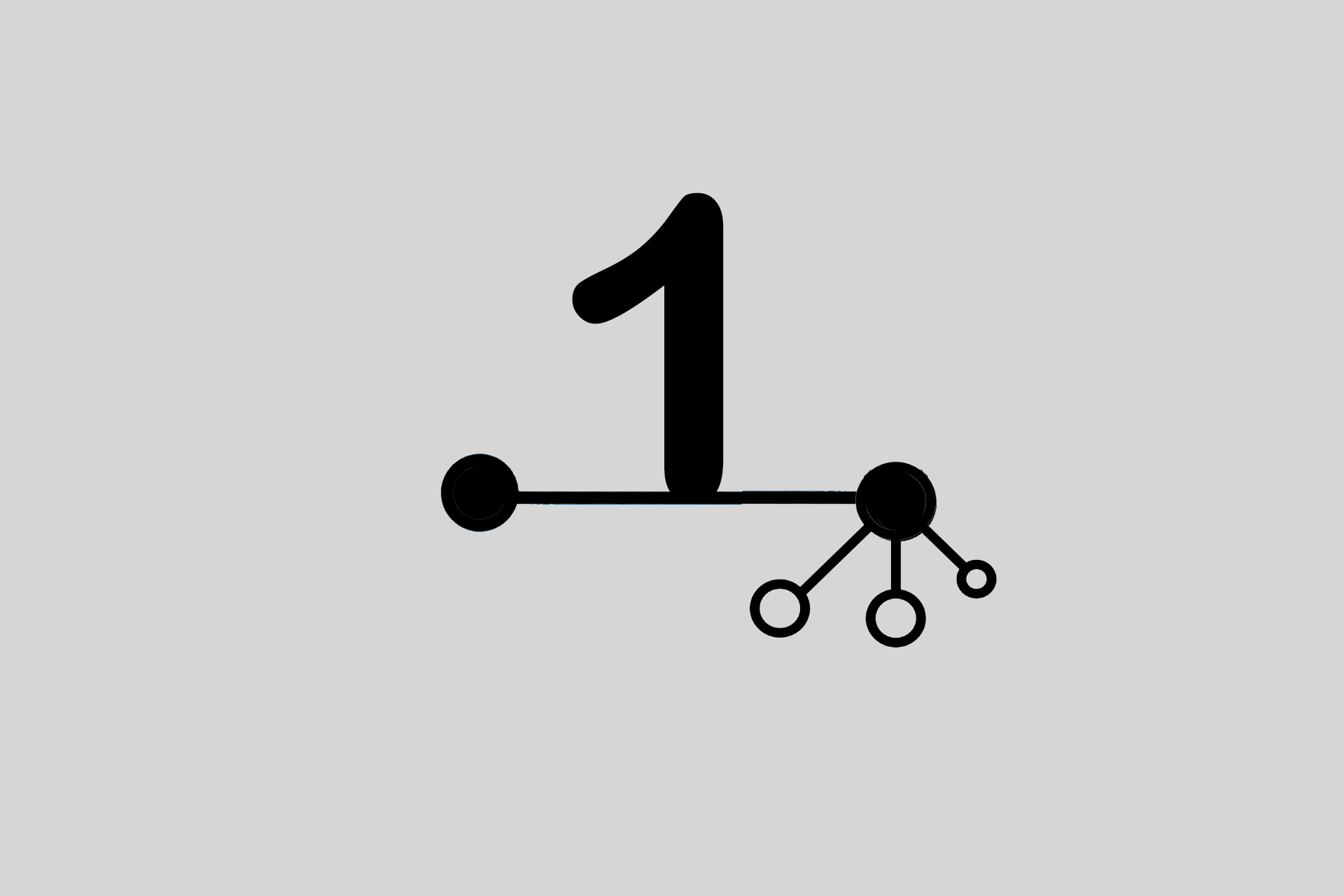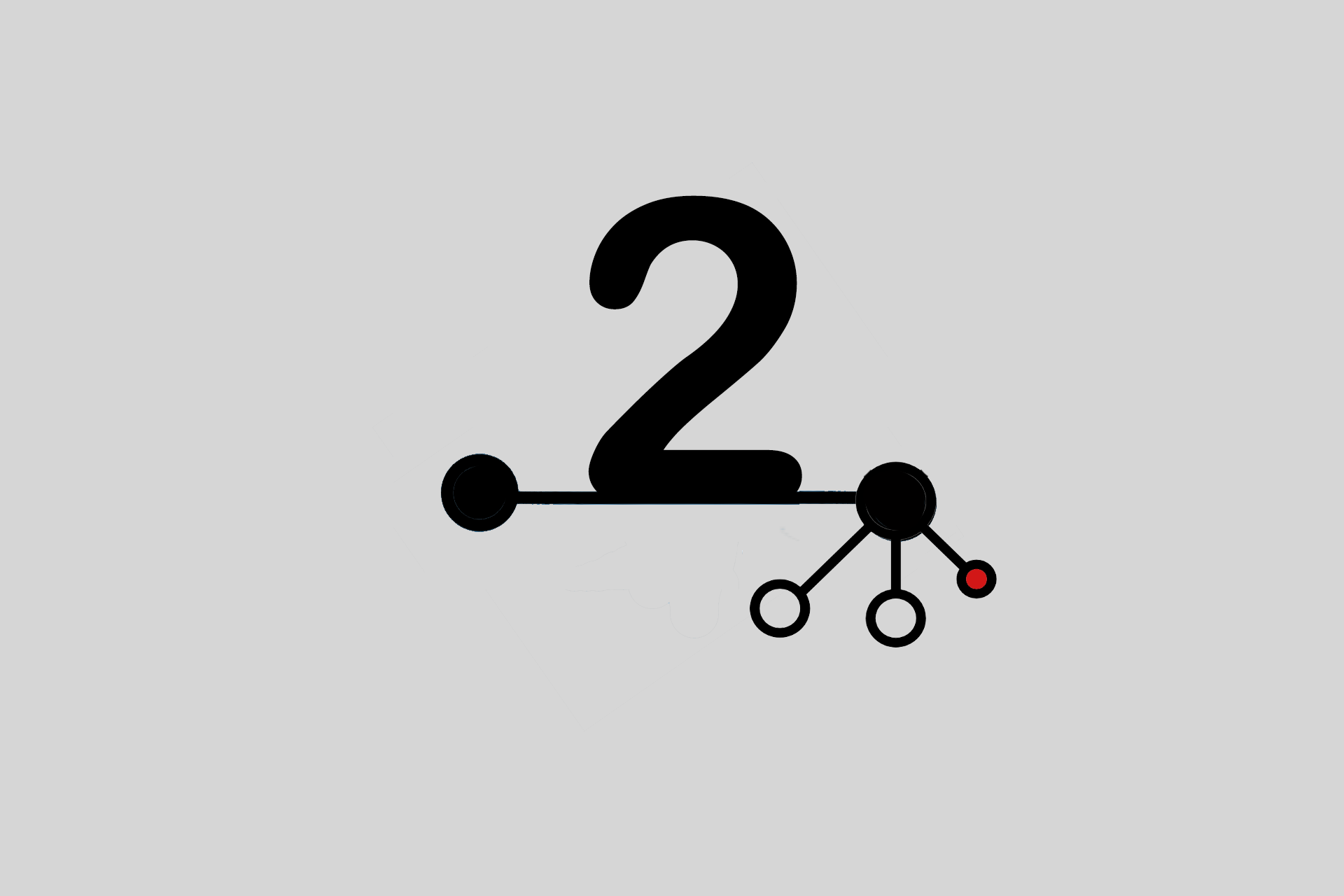Agility 4.0 – seven points for agile projects
Many assumptions and statements currently revolve around “agility”. The term is used almost inflationary.
Is your company already agile? Do you already work agile in your projects? Using Scrum alone does not yet mean being agile – it is about gaining an awareness of the true benefits of agility and building an agile understanding.
Therefore it is important not to pour out agility with the “watering can” over the whole company, but to consciously promote the understanding of agile processes from within the project teams.
Introducing agility first in a project and not in a department has a simple reason: A project is a space where the rules of daily work are temporarily suspended and replaced by the rules of the project. This creates a protected space in which experiments can be carried out and errors are allowed.
The picture shows the connections of agility in projects:
It clearly shows that agility is more than just methods. This is where the term agility 4.0 originated. Because a project or company is only agile if all seven points and their networking are taken into account.
Agile@Leadership
It is often said that agile companies no longer need managers. Project managers would also be superfluous. This may even work in smaller companies. In larger companies, working without managers is unthinkable. But there is no need for hierarchy in management. Leadership should be lived differently today. It needs a cooperative management style.
A cooperative management style focuses on similarities instead of differences. Employees and managers are jointly involved in the development of ideas, work closely together in the implementation of projects and make sure that their skills complement each other.
Transparency and mutual trust are prerequisites for this. Decision making is a collaborative process between the team and the manager.
Typical characteristics of a cooperative management style:
- Criticism and new ideas from employees are welcomed.
- A pleasant climate of open communication is present.
- Cooperation is based on mutual respect and trust.
- Employees are actively involved in decisions or can make their own decisions.
- Self-responsibility and self-organisation are supported.
- Teamwork is strengthened.
- Managers refrain from forced orders (execution of orders).
- The manager is a role model and provides orientation.
Agile@Team
The project staff are required to support the cooperative management style. Since the project staff are no longer recipients of orders, it is important that they have learned to live self-responsibility and self-organisation.
A further focus is on communication with each other and also outside the project. This includes open feedback within the project team, as well as asking the right questions to the customer so that the benefit for the customer is realised.
The project team has to follow rules of the game, which it has usually given itself. Agility is not – as many believe – we do what we want and do not have to plan and document.
The agile manifesto says
- Individuals and interactions over processes and tools.
- Working software over comprehensive documentation.
- Customer collaboration over contract negotiation.
- Responding to change over following a plan.
From the wording “over” it can easily be deduced that processes and tools, documentation, contracts and plans are also important. And for agile teams this means that there are rules that the team has to follow.
Agile@Thinking
The agile thinking is again the interaction between management and team.
Among other things, agile thinking means that the manager knows the competencies of his employees and strengthens them. In return, the project team members must be able to live self-management. Mutual attentiveness supports agile thinking and acting.
The agile way of thinking promotes agile values such as appreciation, respect and openness.
Agile@Learning
Agility and learning go hand in hand. In the spirit of agility, the project team and also individual employees are allowed to experiment and try things out. Mistakes may also be made. They are even partly desired, because learning from mistakes means gaining progress in knowledge.
This tolerance of errors, especially in projects, has yet to establish itself in many companies. This is not easy, as our school system is not error-tolerant and mistakes are punished in most cases – even if “only” by a D in the report.
Learning also includes the further development of each project team member. On the one hand, this applies to the technical topics, but also to methodological and social competence. Social competence can be shown and strengthened with the MBTI, the Myers Briggs Type Indicator¹, a personality instrument, among other things.
Agile@Moderation
The forms of moderation must also adapt to the agile world. Workshops become what their name implies: working together on the issue. The participants should learn that cooperation is required from each individual. The facilitator is responsible for the process and the leitmotif. He or she provides assistance with creativity techniques and visualisation.
The project team is responsible for the content or the development of the content. To take responsibility is part of the inner attitude in an agile environment.
If moderations are to achieve progress in knowledge, trust among each other and transparency in the discussion is a prerequisite.
Agile@Culture
Error tolerance is an important point in learning. But it only works if there is an error culture in the company. The change of culture to an agile mindset is what often falls under change management.
Strategies, missions, visions must focus on agile thinking and acting and this cannot be done without the people in projects. In addition to the project team, all internal and external stakeholders must also be involved.
For all projects the following questions must be asked:
- Who benefits from the project?
- Is the project really necessary?
- What significance does the project have in the company?
- What requirements should the project fulfil?
The questions protect against turning a task into a project.
As they used to say: If you don’t know what to do, set up a working group. At some point the “working group” became a project. It’s a sign of good corporate culture to set up projects only where they are useful.
Agile@Methods
Let us come to the seventh and final point – the methods many believe are agility.
Yes, of course the methods are part of it – but they are only means to an end. And in the end, it doesn’t matter which agile method I use – it has to fit the company or the corporate culture.
Are all project team members and the customers so stringent that I can implement Scrum? Scrum is strongly process-oriented and only works if everyone sticks to the structure and process.
Or is the Kanban board used to have a bit more flexibility, among other things, in the order of tasks?
The use of the Lean Startup method is also a possibility. Here the focus is particularly on the speed with which something is to be brought to market. Developing, testing and learning from it are the main focus.
Design Thinking can also be a suitable method. Here the customer is strongly involved and a prototype is created, which is continuously refined.
Other methods are scaling frameworks, which I will not go into detail here, as they are based on the methods mentioned above, among others.
Agile iceberg
Agility 4.0 can be nicely illustrated with the following image:
The agile iceberg shows that the values and principles lie below the water surface. They represent the cultural level. The working level with practices and frameworks or methods lies above the waterline. It is easy to recognise that methods and practices (doing agile) without values and principles (being agile) have no foundation.
In practice, agility can only arise if the iceberg has a foundation. Without trust, openness, respect and transparency – in other words, appreciation for people – there can be no agility in companies and projects.
Conclusion
There are many statements and opinions on agility. Agility is always evaluated differently. For me, agility makes sense when the seven points mentioned come together. When companies understand that agility is not a method, but stands for an inner attitude. This attitude is expressed in a corporate culture that values employees, working in teams and trustworthy leadership. It is based on a way of thinking that allows mistakes to be made and makes learning possible. And of course it also uses methods – as a means to an end.
In this sense: Agility? We have tried it! It does work!²
Notes:
[1] MBTI® – The Myers-Briggs Type Indicator is a trademark or registered trademark of the Myers & Briggs Foundation in the United States and other countries.
[2] Agility? We have tried it! Does not work! – Series of posts in the blog of t2informatik
Cornelia Kiel has published more articles in the t2informatik Blog:

Cornelia Kiel
Cornelia Kiel has been managing projects intelligently and sustainably for over 20 years. She uses a wide range of methods: from the waterfall to the V-model and the various agile frameworks such as Scrum, Kanban or SAFe – always in the interests of an efficient project.
Her clients benefit from her extraordinary wealth of experience as a project manager, ScrumMaster, AgileCoach, moderator and BVMW-certified consultant for medium-sized companies.
In the beginning there is always the question of why. – Even as a child she drove her father to despair with this. – With this curiosity, Cornelia Kiel will work with you to find out the meaning and purpose of your project. The question of the benefit for your customer is also answered. From this starting point, you will reach the goal of your project in a focused manner.




